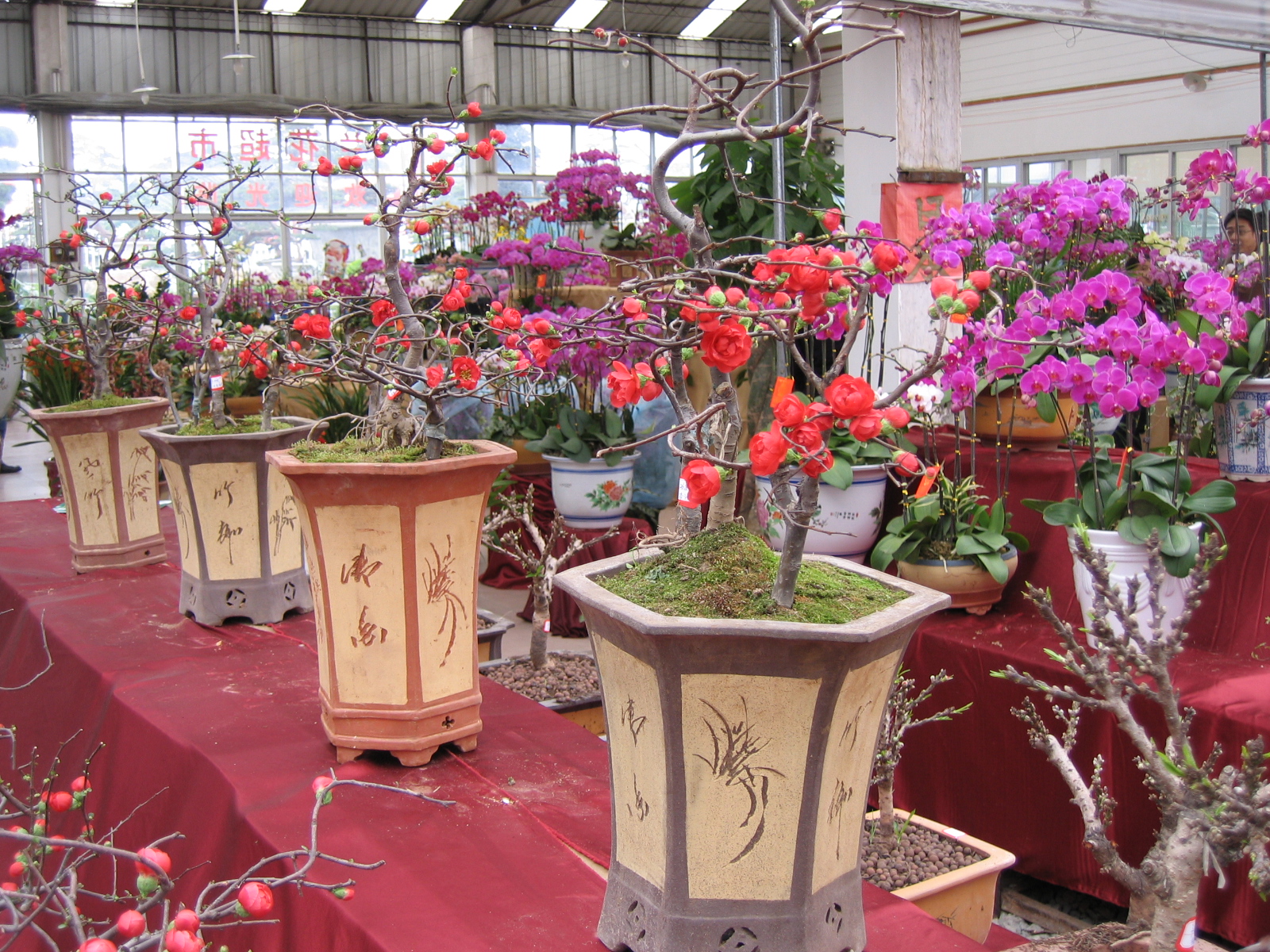Lingnan penjing on:
[Wikipedia]
[Google]
[Amazon]
 ''Lingnan penjing'' ( Jyutping: Ling5 naam5 pun4 ging2; Traditional Chinese: 嶺南盆景), sometimes called Cantonese penjing (Jyutping: Jyut6 paai3 pun4 ging2; Traditional Chinese: 粵派盆景) is the style of penjing (called "Pun-ging" in Cantonese) of the
''Lingnan penjing'' ( Jyutping: Ling5 naam5 pun4 ging2; Traditional Chinese: 嶺南盆景), sometimes called Cantonese penjing (Jyutping: Jyut6 paai3 pun4 ging2; Traditional Chinese: 粵派盆景) is the style of penjing (called "Pun-ging" in Cantonese) of the
Characteristics of Chinese Lingnan Penjing
/ref>
The Lingnan Penjing Academy of Australia: Landing Page
{{Guangdong topics Cantonese folk art Lingnan garden Bonsai Chinese gardening styles Trees
 ''Lingnan penjing'' ( Jyutping: Ling5 naam5 pun4 ging2; Traditional Chinese: 嶺南盆景), sometimes called Cantonese penjing (Jyutping: Jyut6 paai3 pun4 ging2; Traditional Chinese: 粵派盆景) is the style of penjing (called "Pun-ging" in Cantonese) of the
''Lingnan penjing'' ( Jyutping: Ling5 naam5 pun4 ging2; Traditional Chinese: 嶺南盆景), sometimes called Cantonese penjing (Jyutping: Jyut6 paai3 pun4 ging2; Traditional Chinese: 粵派盆景) is the style of penjing (called "Pun-ging" in Cantonese) of the Lingnan
Lingnan (; Vietnamese: Lĩnh Nam) is a geographic area referring to the lands in the south of the Nanling Mountains. The region covers the modern Chinese subdivisions of Guangdong, Guangxi, Hainan, Hong Kong, and Macau, as well as modern northe ...
region - the mainly Cantonese
Cantonese ( zh, t=廣東話, s=广东话, first=t, cy=Gwóngdūng wá) is a language within the Chinese (Sinitic) branch of the Sino-Tibetan languages originating from the city of Guangzhou (historically known as Canton) and its surrounding are ...
-speaking Southern Chinese
South China () is a geographical and cultural region that covers the southernmost part of China. Its precise meaning varies with context. A notable feature of South China in comparison to the rest of China is that most of its citizens are not ...
provinces of Guangdong
Guangdong (, ), alternatively romanized as Canton or Kwangtung, is a coastal province in South China on the north shore of the South China Sea. The capital of the province is Guangzhou. With a population of 126.01 million (as of 2020) ...
and Guangxi
Guangxi (; ; Chinese postal romanization, alternately romanized as Kwanghsi; ; za, Gvangjsih, italics=yes), officially the Guangxi Zhuang Autonomous Region (GZAR), is an Autonomous regions of China, autonomous region of the People's Republic ...
. Despite being recognized only in early 20th century, this style can trace its roots to at least the 15th century.
Aesthetics
It is said that ''Lingnan penjing'' "embraces nature", and is not inclined to be bounded by rules or formula. It has been described as "Spring from the Mother Nature, Exceed the Mother Nature” (): This style is noted for an emphasis on the match between "the natural" and "the artificial" parts of the bonsai. For instance, artists of Lingnan penjing tend to spend much time choosing a pot that matches that plants. Furthermore, it explicitly focuses on "inner beauty" - Lingnan penjing artists always pay attention to the penjing's has its own unique ambiance and mood. When viewing a Lingnan penjing, a viewer is expected to savor the messages and emotions behind the penjing work./ref>
Techniques
''Lingnan penjing'' artists generally prune their trees with the “Grow and Clip” method. Instead of using wires to bend them, the branches keep being clipped as they grow. Every clip creates a new twist and a new session on the said branch, and in every session grows new branches. At last, as the tree keeps growing and being pruned in this way, it will taper from the base to apex. The result is that the proportions between the trunk and branches will be highly developed, with branches full of turns and twists.See also
* Penjing *Cantonese culture
Lingnan culture, or Cantonese culture, refers to the regional Chinese culture of the region of Lingnan: twin provinces of Guangdong and Guangxi, the names of which mean "eastern expanse" and "western expanse" respectively.
Strictly speaking, t ...
*Lingnan garden
Lingnan garden (Cantonese Jyutping: Ling5 naam4 jyun4 lam4; Traditional Chinese: 嶺南園林), also called Cantonese garden, is a style of garden design native to Lingnan – the traditionally Cantonese provinces of Gwongdung and Gwongsai in so ...
References
External links
The Lingnan Penjing Academy of Australia: Landing Page
{{Guangdong topics Cantonese folk art Lingnan garden Bonsai Chinese gardening styles Trees